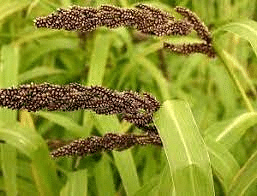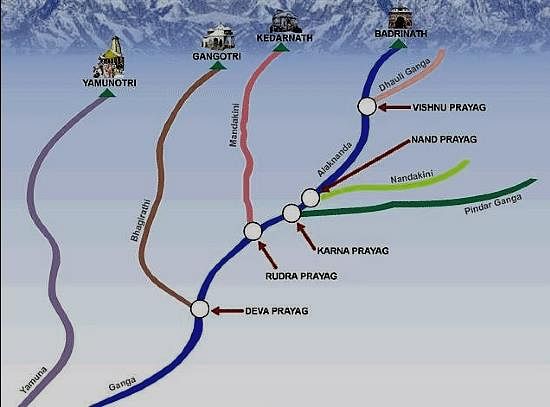UKPSC Prelims Paper 1 Mock Test - 9 - UKPSC (Uttarakhand) MCQ
30 Questions MCQ Test - UKPSC Prelims Paper 1 Mock Test - 9
Which one of the following places is having manufacturing unit of antibiotic medicine?
| 1 Crore+ students have signed up on EduRev. Have you? Download the App |
Which of the following rivers originates from Dudhatoli range?
“Ganga Dashehara” celebrated in which month and day according Hindu Calendar?
Why is the development of airfields in Uttarakhand deemed necessary?
How much has been allocated in the supplementary budget for major construction works in Uttarakhand?
Which river is NOT one of the major rivers flowing through the Corbett Tiger Reserve?
What unique aspect of the proposed Uniform Civil Code (UCC) in Uttarakhand is mentioned?
What is the primary purpose of the proposal being brought by the Uttarakhand government regarding Agniveers?
What initiative has the Uttarakhand Forest Department recently established to promote avian diversity?
What is the main objective of the MGNREGA scheme?
Which temple is associated with Maa Purnagiri and is considered a significant pilgrimage site in Uttarakhand?
Which territories of India were included in the new Rs 100 currency note announced by Nepal?
What recent action did the Uttarakhand government take regarding Patanjali's products?
How much funding has been allocated for the welfare of the poor in Uttarakhand's budget?
Which ruler constructed 'Khagmara Fort' situated in eastern part of Almora?
On which river Harsil valley in Uttarakhand is located?
In which of the following year there was a heavy landslide in Nainital?
Identify the Dance from the description given below.
It is a local dance to the beats of percussion instruments called Dhol-Damau. The dance is listed in the Guinness Book of World Records as the largest folk dance. It is primarily native to the states of Himachal Pradesh and Uttrakhand.
Select the correct answer.



















